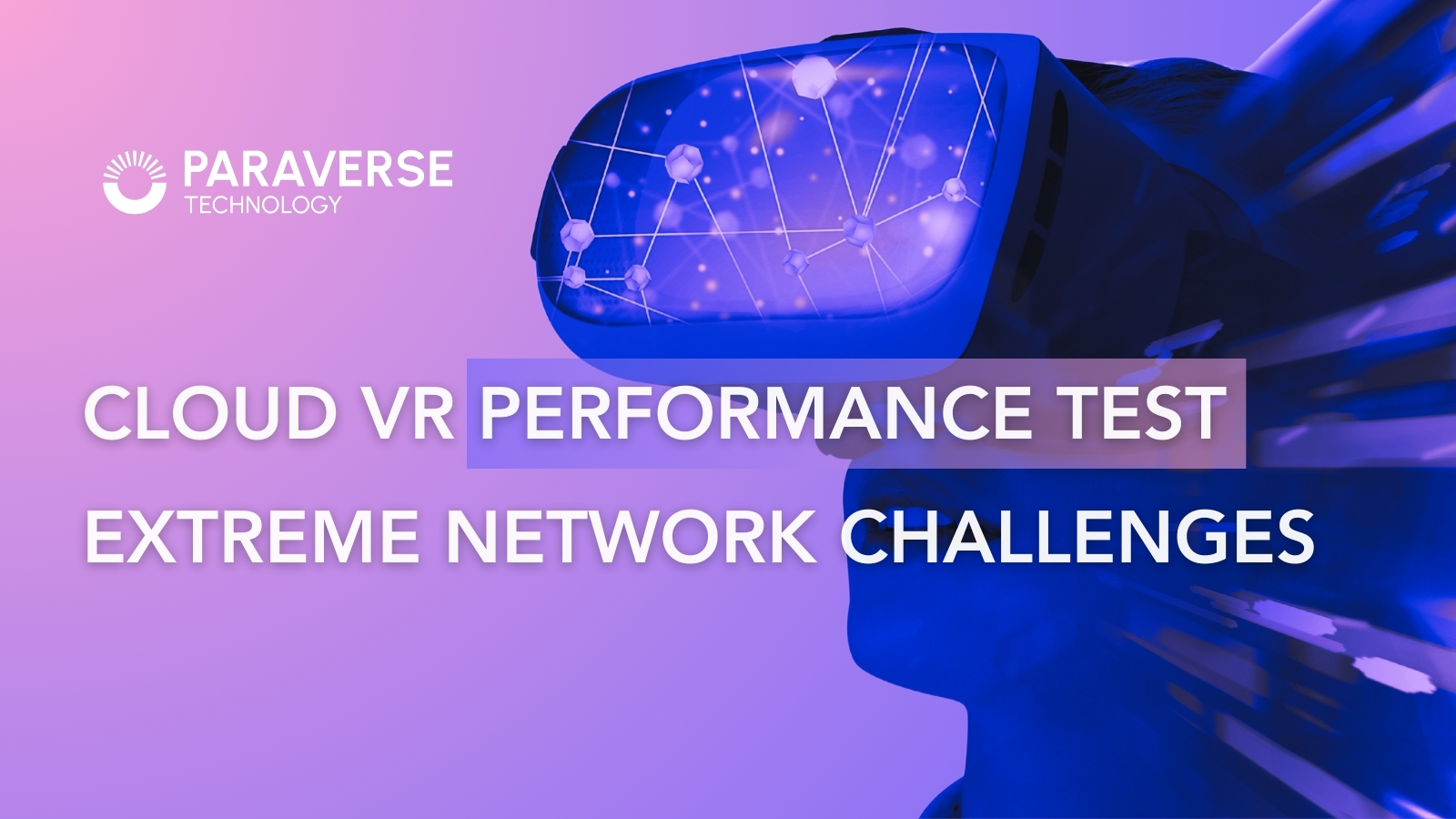Cloud XR Streaming: Heterogeneous Computing Pool for Flexible Resource Allocation
With advancements in computer technology, computing tasks are becoming increasingly complex, and the demand for computing resources is continuously growing. Real-Time Cloud XR Streaming, as a compute-intensive task, requires various heterogeneous computing resources to meet different needs. To improve resource utilization and reduce waste, Heterogeneous Computing Pooling Technology has emerged. This technology integrates different types of computing resources (such as CPU, GPU, NPU, DPU, FPGA, etc.) into a unified resource pool, dynamically allocating and scheduling resources based on task requirements, optimizing resource usage, and enhancing overall performance.
Advantages: Cost Reduction and Efficiency Improvement
Heterogeneous Computing Pooling Technology can leverage the best advantages of different resources, achieving flexible resource configuration. Since different rendering tasks have different computing resource requirements, heterogeneous computing pooling can select the most suitable resources for processing based on specific needs. For example, some tasks are suitable for general computing using CPUs, while others are better suited for parallel processing using GPUs or specific computing using FPGAs. By integrating these heterogeneous resources, the technology can effectively improve rendering efficiency and resource utilization.
Heterogeneous computing pooling also helps reduce costs and improve efficiency. Traditional rendering methods may lead to resource idleness, while heterogeneous computing pooling can better utilize resources through a unified scheduling scheme, reducing unnecessary waste and lowering rendering costs.
LarkXR: Real-Time Cloud XR Streaming Solution
LarkXR, is based on heterogeneous computing pooling technology. The underlying architecture of LarkXR provides GPU resource pooling management capabilities, dynamically allocating GPU usage by intercepting graphical processing interfaces and isolating processes for upper-layer applications, providing a containerized environment for independent operation. This method supports a shared mode of one machine with multiple cards and one card with multiple applications on high-density GPUs, achieving ultra-fine-grained resource allocation and improving resource utilization.
In scenarios of short-term high concurrency, cloud providers in the same region and with the same card type may find it challenging to meet large-scale application demands. LarkXR’s underlying heterogeneous and upper-layer homogeneous features allocate different numbers of user requests based on different card types, offering more choices for large-scale applications. With the continuous emergence of new technologies, heterogeneous computing pooling will continue to innovate and optimize. Combining AI algorithms for intelligent scheduling, distributed computing technology to support large-scale cloud rendering, and mobile terminals and IoT devices to provide streaming services anytime and anywhere, the future of cloud rendering will focus more on mobility and portability.



